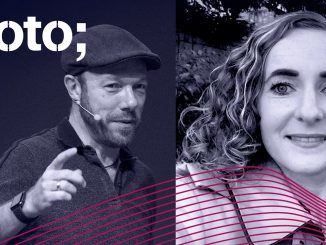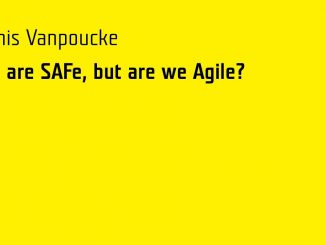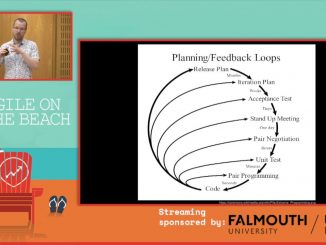Resources on Scaling Agile frameworks like the Scaling Agile Framework (SAFe), LESS, Nexus, Disciplined Agile Delivery (DAD), Scrums of Scrums, etc.
For a long time Spotify people have tried to convince the world that there is no “Spotify Model” and if there ever was one, Spotify isn’t using it anyway and you shouldn’t either. And yet, countless organizations are using the Spotify model to drive their Agile transformations and scale Agile, some of them claiming huge successes.
Getting Agile working at a team level is relatively straightforward. Overcoming challenges at scale is more difficult. In this video, two experts discuss using SAFe, Scrum@Scale, and LeSS to improve your organizational agility.
Agile-in-the-small – a single team with a single product – is all about digital product thinking. Agile-in-the-large is a very different thing. This talk shows how combining industrial and digital thinking is the key to achieving autonomy with alignment, and they offer pragmatic advice and useful tools for achieving agility at scale.
This presentation shares in details how Skandinaviska Enskilda Banken implemented the SAFe agile framework, creating tribes, agile teams, iterations, PI Planning, Review, Backlogs or Kanban portfolio. The presenter adds a “but” to this, as the organization still does not know the priorities, requirements and their roles.
Are Agile methods appropriate for safety-critical products? This presentation describes how an Agile project in the nuclear industry, has managed to be Agile while maintaining nuclear safety. A related issue is the complex nature of the work, spread over multiple teams in multiple companies, with work projected to continue for over 5 years.
By now most large enterprises are past the experimenting stage with Agile. Many are beginning to realize that simply training teams in Agile techniques like Scrum and Kanban, while useful, is not enough to achieve real business transformation.
Scrum of Scrums is a technique used to scale Agile by dividing the groups into Agile teams of 5-10. Each daily scrum within a sub-team ends by designating one member as representative to participate in a daily meeting with ambassadors from other teams, called the Scrum of Scrums. This article provides some tips on how to succeed with Scrum of Scrums.








